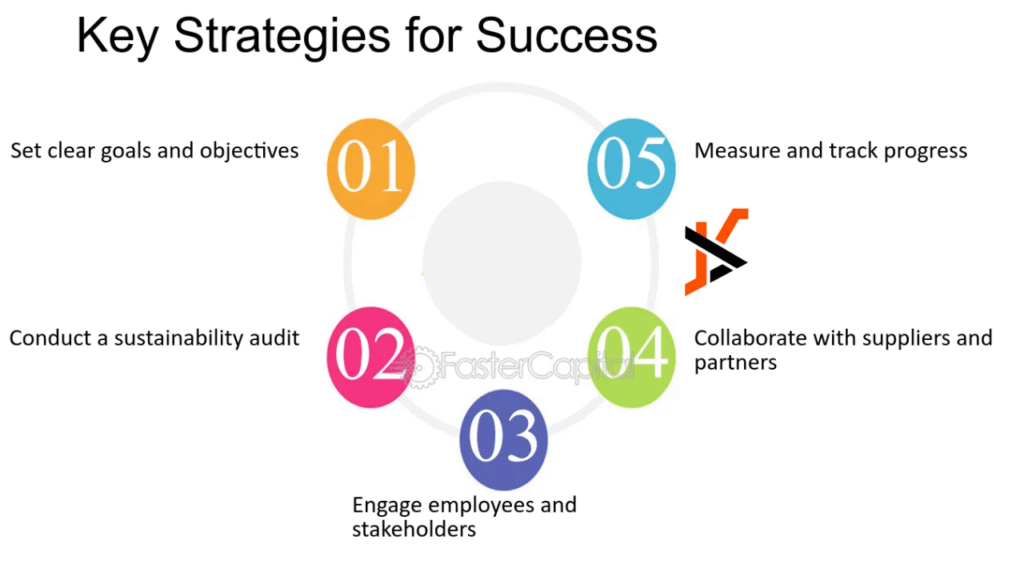Growth does not have to feel like climbing a cliff. When we give ourselves room to breathe, we often discover hidden energy and clearer ideas. In those calm spaces, the effort feels lighter, and progress comes with less pushback.
Modern life, however, trains us to distrust ease. We are told that real gains demand pain, long hours, and constant tension, even when that tension shows up as physical symptoms of anxiety that drain our focus and joy. Yet history and science both suggest a kinder way to improve.
From “No Pain, No Gain” to Gentle Growth: Busting the Hustle Myth
The hustle myth has deep cultural roots. Stories of late-night coding marathons or athletes training past exhaustion sound heroic. They make great headlines, but they leave out the hidden costs, such as burnout, broken relationships, and bodies that can no longer keep up. When we view struggle as the only path, we risk tying our self-worth to the intensity of our suffering liven app.
Gentle growth flips the script. Instead of treating ease as laziness, it frames ease as a fertile ground where curiosity, safety, and play can blossom. Children learn fastest when they feel safe. Adults do, too. When tension decreases, the brain releases energy, allowing for greater insight. The result is not slower growth but steadier, deeper growth built on health rather than depletion.
Brain & Body Science: Calm States that Super-Charge Learning
Think of a dimmer switch rather than an on/off button. At the low end, boredom stalls learning. At the high end, panic blocks it. In the middle lies the “optimal zone,” where the heart rate is steady, the breath is smooth, and the mind is alert but not frantic. Gentle practices, such as slow breathing, short walks, and music breaks, help us enter this zone and stay there longer. People in a calm-alert state tend to absorb new skills more quickly and retain them longer.
Self-compassion is not self-pity. It is an evidence-based way to lower internal threat signals. When you speak to yourself in a supportive manner, stress hormones decrease. That chemical shift opens the door to creative problem-solving and steady motivation. Athletes who train with self-compassion, for example, rebound from setbacks quicker than those who berate themselves.
Actionable Strategies: Goals, Routines & Supports for Easeful Progress
Building a gentler life is not about one grand gesture. It’s about making small, friendly choices that, over time, form a sturdy path. The strategies below are effective because they respect how brains and bodies change in response to consistent signals of safety, curiosity, and reward. Read the list once to get the big picture, then return with a notebook and circle the single tactic that feels both exciting and realistic today. Master one, then layer on the next.
- Set stretch-but-safe goals. Choose targets that excite you without overwhelming you. Rate a goal on a 1-10 difficulty scale. Aim for a 6 or 7. This level sparks growth, yet still feels doable. Over time, your “safe stretch” range widens naturally.
- Build “pulse and pause” rhythms. Work in focused 50-minute pulses, then pause for 10-minute resets, such as stretching, sipping water, or taking a moment to look at the trees. These micro-rests generate neural noise, sharpen later focus, and keep stress chemicals from accumulating.
- Create gentle accountability. Join or start a small peer group that celebrates progress rather than only outcomes. Sharing weekly wins and lessons helps maintain momentum while keeping the pressure low. The rule: encourage, never shame.
- Celebrate tiny proofs. Each day, record one thing that went better because you slowed down. You may have solved a bug more quickly after taking a walk. These proofs rewrite the story in your mind that ease is risky and build data-driven confidence in gentleness.
- Protect recovery like a deliverable. Sleep, play, and quiet hobbies fill the creative tank. Put them on your calendar first, then schedule work blocks around them. Think of rest as the hidden half of every achievement.
Implementation tip: Start with a seven-day micro-pilot. Pick one strategy and track how your mood and output feel by Friday. If the pilot helps, extend it another week and add a second strategy. Small pilots lower resistance, reveal quick wins and prove that gentle tweaks can drive real-world results.
Silencing the Inner Drill: Replacing Guilt with Trust
Even with good science on our side, an inner voice may whisper, “You should be working harder.” That voice often learned its lines from teachers, bosses, or social media feeds that praise grind culture. Start by noticing when guilt flares. Label it and take a slow breath. Remind yourself of the evidence. Respectful effort outperforms self-punishing effort in the long game.
Next, rewrite the success metrics. Instead of “hours logged,” measure value created, insight gained, or energy left at day’s end. Run small experiments. Tackle a task at 80 % intensity while keeping your shoulders loose. Compare the result to a full-tension attempt. Most people discover equal or better output with less strain. These experiments build trust that eases work, and trust quiets guilt.
Conclusion
Gentle growth is not the absence of effort. It is a focused effort within a caring framework. When we respect our nervous system, practice self-compassion, and design rhythms that include rest, we trade frantic sprints for sustainable strides. The payoff is growth that feels good while it happens and continues to yield benefits over time.
Try one idea today. Insert a five-minute pause between tasks, or speak kindly to yourself after a slip-up. Notice what changes. Please share your experience with a friend or team and invite them to test gentleness for themselves. Together, we can build a culture where success and well-being grow side by side, a culture that proves struggle is not the only, nor the best, path to greatness.

